Smart farming and agribusiness (Farm 4.0)
Lebron James walked into his first NBA restart game (LA Lakers vs LA Clippers) during the league’s restart in Orlando, Disney Land wearing a mask that was creatively engraved – ‘The future is on Mars.’ Elon Musk has been quoted saying that he wants to die on Mars, just not on the landing impact. What is it with the Mars craze? Why would China spend billions of dollars just to launch a mission to Mars?
The main reason (apart from curiosity) that leads the human race to explore new habitats is the depletion of resources where they are running away from. The depletion of resources may be due to exponential growth in population or reckless use available resources. Countries are on the race to Mars because earth is shutting down. There are too many people on a place that has dwindling resources. Climate change, natural disasters, depleting resources is threatening the existence of the human race by targeting the core of human survival – food. The Department of Economic and Social Affairs of the UN predict that the world population may top 11 billion by 2100. To sustain such a population will require the revolutionizing of the agriculture industry.
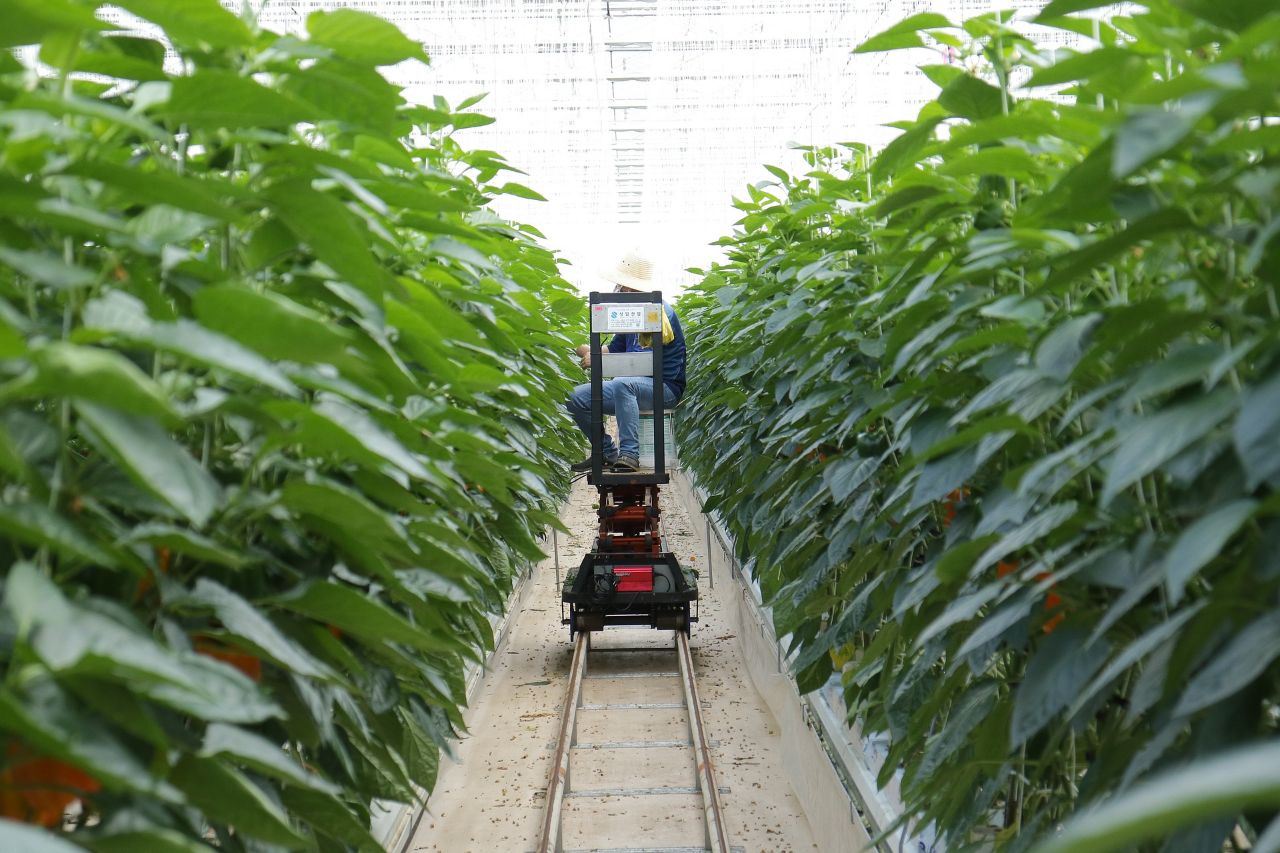
This is going to be accomplished by looking at Smart Farming’s Arsenal – the technology it brings on board and Smart Farming’s Appraisal – the performance in various Farming aspects.
The arsenal
These are the artillery in Smart Farming’s pocket that are to be used in gaining a pecuniary advantage while at the same time optimizing resources. Farmers in this age of turbulent markets marred with trade disputes, ever-changing regulations, unpredictable weather, incessant pests and diseases and climate cane can be able to breathe a sigh of relief because of these technologies.The internet of things in farming
Smart farming could be termed as an extension of the Internet of Things because almost every process in farm is connected to the internet. Sensors are placed in the soil, on animals, in the air and even in machines such as drones so as to gather plethora of information. This data is then taken through the process of analytics and compared with standard available in the internet and hence give the ability to make reliable decisions. Internet of Things doesn’t just stop at collecting data, it is also the means through which machines and devices in the farm are able to wirelessly transmit valuable information to the farmer in real time therefore giving an alert of any changes that may be required. Special software applications, an example being Software as a Service - SaaS by Cropin are available to manage the planted sensors thus giving them the ability to not only monitor farm parameters (light, temperature, humidity etc.) but to also manage and control the IoT devices.Therefore remote adjusting to optimum conditions is possible through IoT. Traditional farming employs trial and error methods in testing to see whether a certain crop will survive by literal planting and waiting to see if it will survive – which is a huge risk. The internet of things gives the farmer the ability to ensure the whole farm is thoroughly analyzed and available nutrients known and hence leading to the most suitable crop chosen for cultivation. Traditional farming allows for application of pesticides and fertilizers throughout the whole farm leading to wastage of resources and pollution of the environment. With sensor technology, the farmer is able to identify the specific areas in the farm that require more nutrients or are affected by pests and hence the application of pesticides and fertilizers is not mindless but a very intentional approach. Therefore the farmer is able to save on costs and boost productivity.
Make informed decision using big data
Availability of large amounts of useful information and easy accessibility of the same will keep the farmer ahead of any challenges that affect the farm. However, it would be impossible to wisely predict the outcomes of various parameters in the farm without this data being stored. Big data offers both a copious amount of information and their safe storage in the cloud. Traditionally, information would be stored in physical documents or hardware devices which pose the problem of no real time accessibility and would leave them vulnerable to loss. Loss of these devices means that the information is gone forever.Now, with the help of Big Data, all this information is stored in the cloud where all sorts of agriculture data are sorted and analyzed giving out actionable insights in real time. This then solves the issue of vulnerability to loss and also reduces input costs of purchasing and maintaining hardware required in storing data. With information about the market, weather, resource availability and much more the farmer has more power to make important decisions at a high level both promptly and wisely. The more the information in his possession the more accurate the decisions he will make in managing the farm.
Agribots and automate machines for speed and precision
With the exponential growth in rural-urban migration being experienced all over the world – as people move to cities in search of white collar jobs and higher standards of living – there has been a labor void left behind in the rural areas where most of the agricultural activities are done. The labor shortage in the agricultural industry has a domino effect to cause low agricultural produce and decrease in revenue from the farming industry. This is where agricultural robots come in to supplement the already existing low labor in the farms. They come in all sort of sizes and have various specialized functions. They could be used in planting, weeding, harvesting, watering, building and much more. An example of a specialized function Agri-bot is a small semi-automated robot used in the farm to identify weeds and uproot them while at the same time spraying pesticides and fertilizers at identified areas.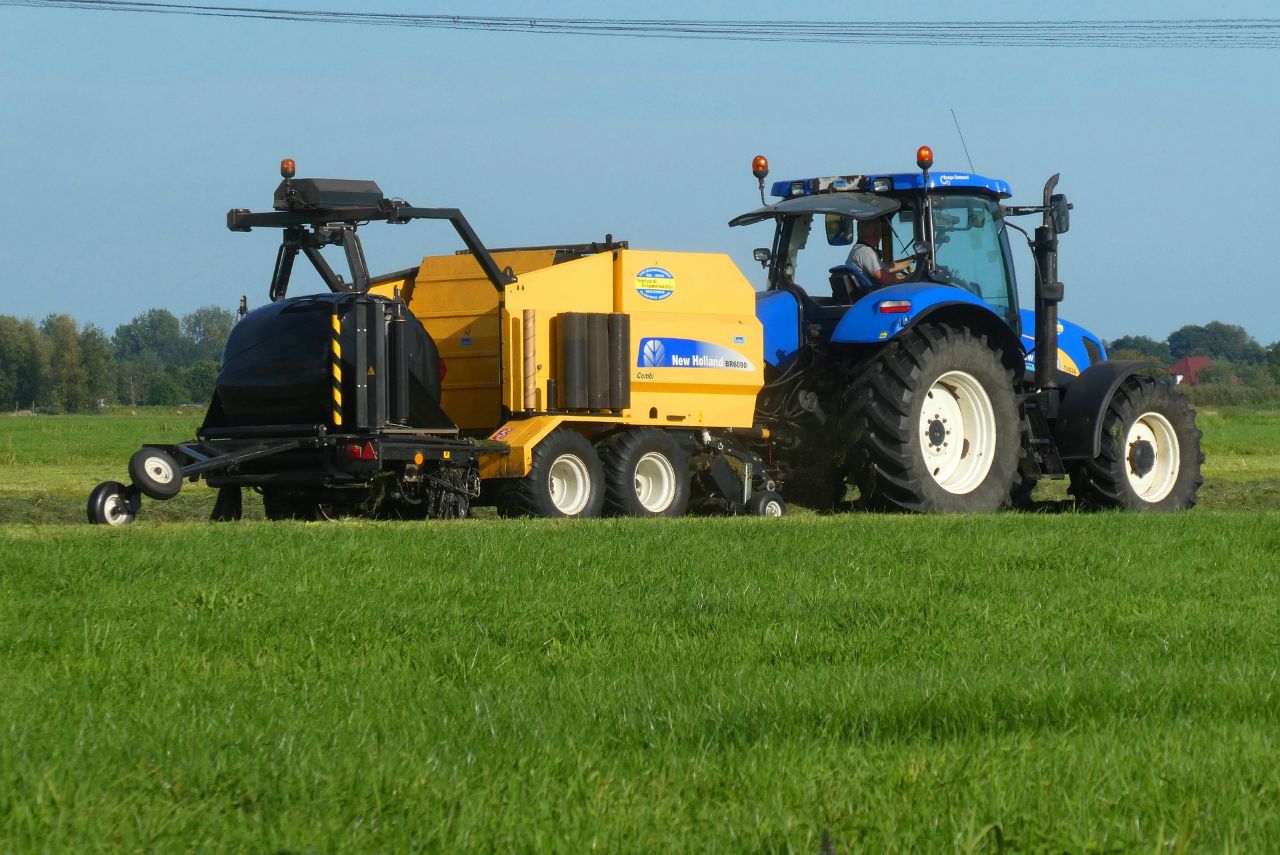
Adding automation to the already existing heavy machinery gives a great competitive advantage to the farmer. The competitive advantage comes in the form of reduced costs of operation of the farm (no paying of workers) and increased productivity. The efficiency of the machines also increases because with sensors recording their every operating second, ways can be devised on ow to operate at optimum levels. Automated machines are very flexible since they are programed pence are faster than even human beings in adapting to any changes required in the farm.
Automated machines could also include drones that come in handy in a great way especially in large farms. These drones can be used or photography of the farm or animals If they are a large number. The images can then be analyzed and used or mapping or surveying purposes of the farm. In more sophisticated drones with sensors planted in them, these images can be analyzed and compared with fealty crops or animals in the cloud. The drone can then send feedback to the farmer on crops or animals that have anomalies as compared to the standard in the cloud. The farmer can then be able to check out these specific plants or animals for any infection or any other reason that may cause a raise in concern in the sensors in the drone. Therefore the farmer is able to predict any infectious disease or solve any issue early enough thus boosting productivity.
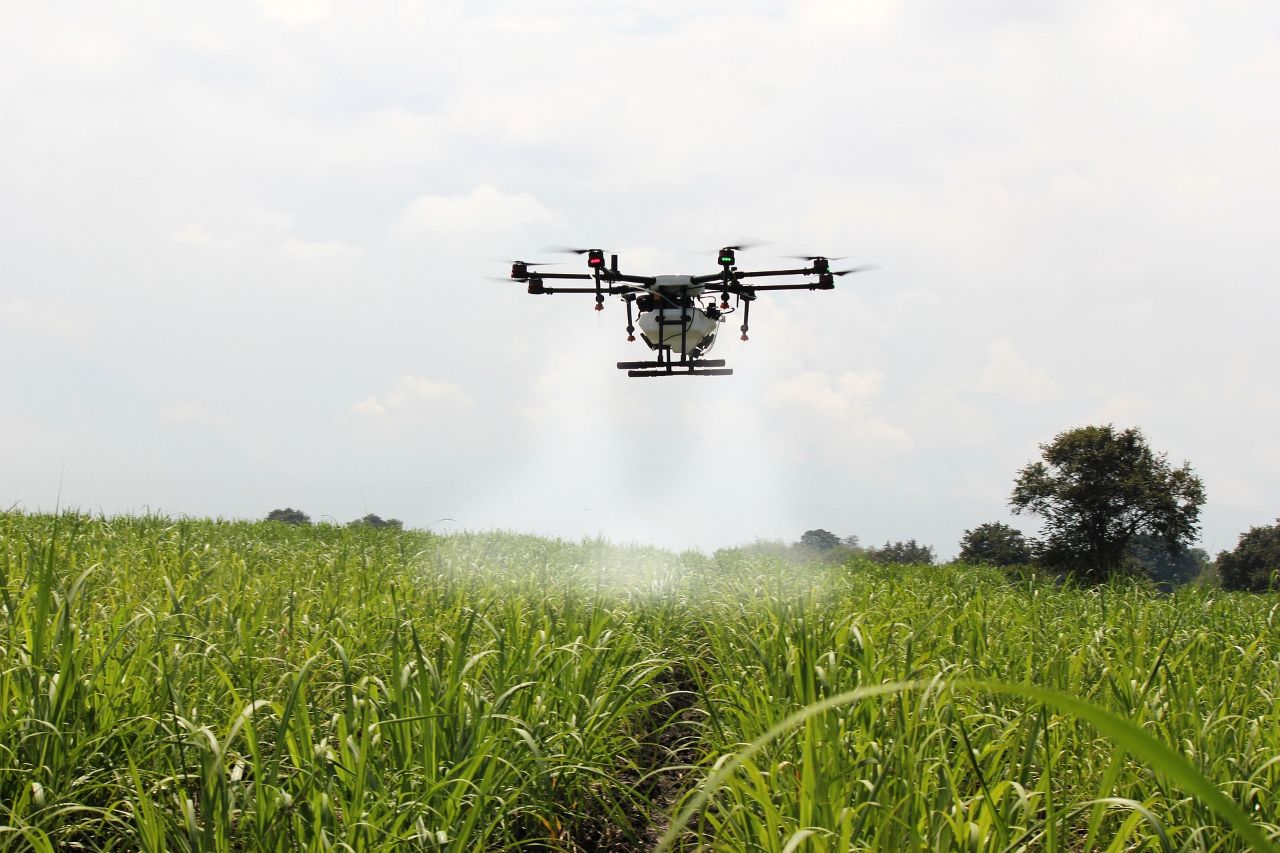
Satelite imaging for large plantations
In combination with other software such as GPS, GIS, satellite imagery can be used as a management tool in the farm to help in boosting productivity. Geographical Positioning Systems give any information required on location and the Geographical Information System provides more analytics on spatial information. These supplement satellite imagery to be able to study and represent the farm in more detail. These come in very handy in precision farming as the images taken are processed to allow for measuring and reporting on actionable insights.Light control
Farming depends on good soil but can happen without it through hydroponic and vertical farming . However, farming cannot do without lighting. The abundance of sunlight as always been translated to a time for growing crops as there are little or no agricultural activities in the winter season. Understanding the portion of light that specific plants utilize in growing will help tap into the light control advantage to help in controlling how fast plants grow and even how they taste.The appraisal
We aim to assess Smart Farming’s performance through looking at the following farming aspects. How the technological innovations boost productivity.Resource optimization
The process of cultivating crops is highly dependent on the natural resources required in the cultivation. Farming is heavily dependent on water, soil quality and weather conditions. That is why in a world being ravaged by climate change, the effective use of water is paramount in ensuring sustainability of the farm. All over the world, water is majorly obtained from rainfall and natural sources such as lakes, springs and glacial water. Seventy percent of water obtained from natural sources is used in agriculture in either watering the crops or feeding and washing animals. Therefore, with resources dwindling and climate change making rainfall unpredictable, there is a major treat to the survival of our food reserves. Smart farming comes through to make the most effective use of available depleting resources, especially water, in order to cope with the changing times and increasing population.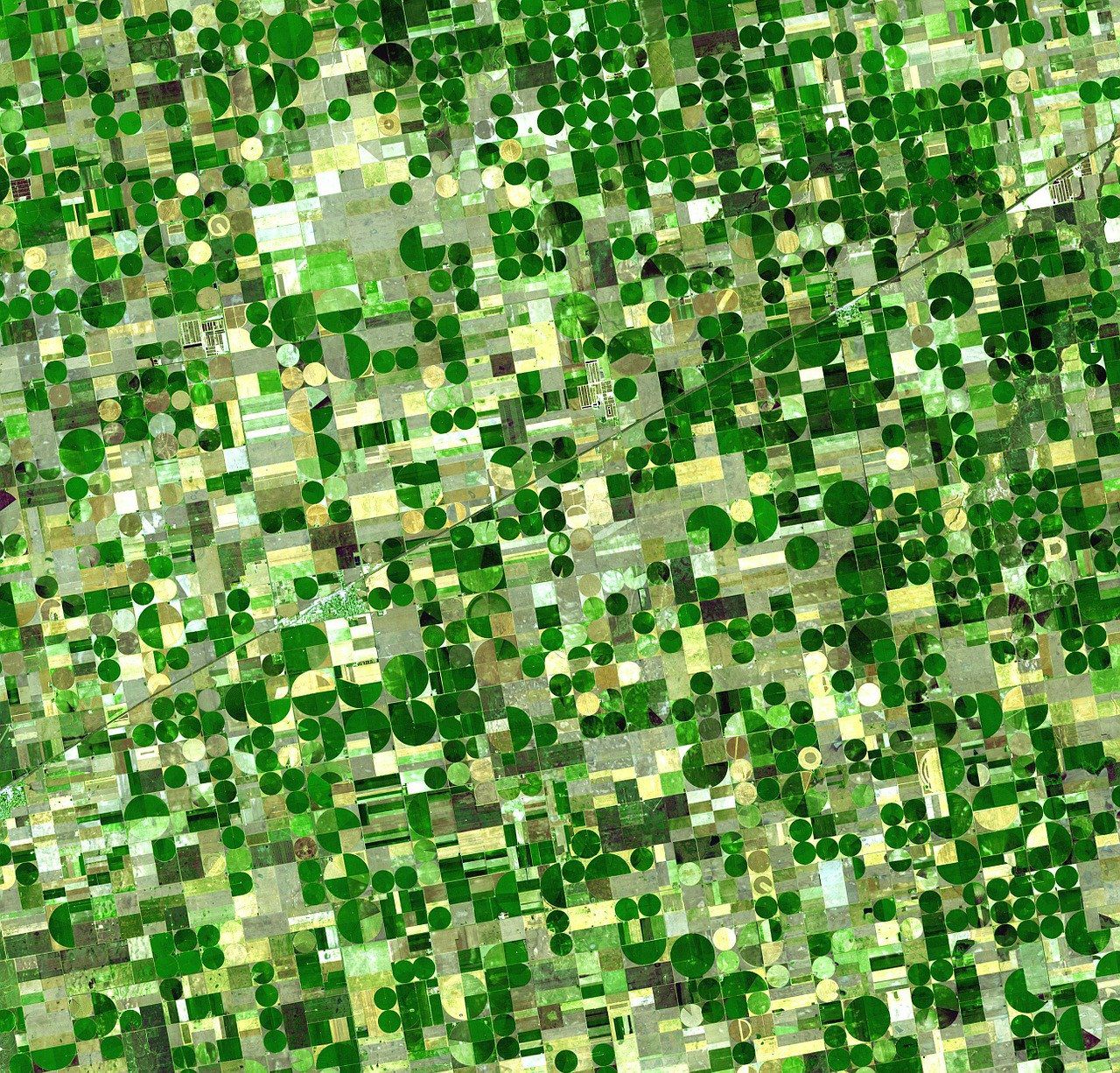
Water use optimization can only happen if plants are watered when they need the water as compared to the abundant and almost reckless spraying of water done traditionally. Sensors could be placed at various positions in the soil to measure the precise humidity of the soil at any particular moment. Data analytics of this information predicts the exact amount of water to be given to the plants at the exact frequency and period. This whole process could be automated with an inbuilt irrigation system where water is only released when the sensors notice a drop in the optimum humidity levels of the soil.
IoT based sensors, drones and other systems are programed to monitor not only the water levels, but also Carbon (IV) Oxide and oxygen levels and even nutrient levels in the soil, and go on ahead to send alerts to the farm management on when there is need to adjust levels of various resources in the farm.
Farm management
The team that strategizes and comes up with actionable insights in order to keep the farm productively running and make profits is the farm management team. Smart farming makes it easier to plan and manage the farm effectively. It does this by bringing in technology into the following aspects of farm management;- Operation and Control Agriculture solutions make the day to day management of the arm cost effective and more productive. Automated machines and drones allow for remote management of a vast land. These coupled with sensors in the soil and atmosphere that send push notifications to farmers remove the need of human labor. Agri-bots help out with mass planting, weeding, harvesting and packaging. They can perform the tasks that are either too dangerous or too burdensome to human labor. Hence they make it easier to manage the farm from the comfort of a farmer’s house. Remote management and the need for less human labor leads to a great save in costs and increase in productivity of the farm.
- Study, Understanding and Description This portion of farm management is in charge of demystifying all the farm processes and having an organized and logical way of identifying and dealing with issues that may arise. Smart farming through Big Data allows for thorough analysis of information obtained from sensors and also other information like market trends and fluctuation of prices and this enables the prediction of when and how to do operations and control in the farm.
- Diagnosis The farm management is also tasked with the careful understanding and explanation of a problem when it arises. An all-round understanding of the problem is the first step towards solving issues. Satellite imagery and photographs captured by drones come in handy at this point in helping with both the monitoring of all operations and also in early diagnosis of problems. This is done by the comparison of these images to the standard images existing in the cloud. Any anomaly from the standard prompts the IoT run system to alert the farmer management of a problem.
- Prescription All this information gives the farm management a better position to make well thought out decisions that aren’t high risk. IoT, Big Data, Satellite Imagery and Drone Monitoring help the management come up it elaborate prescription steps that are also flexible to any additional real time data that may stream in.
Precise soil quality monitoring and improvement
There is more biodiversity that the human mind can never get to understand exiting symbiotically inside the soil than in the atmosphere. Therefore each portion of land is unique in its nutrient value and pest infestation and the one size fits all approach in applying fertilizers and pesticides is killing our farms. Therefore there is the need for careful and intentional study of a portion of land before any planting is done. This studying and research is aimed to determine the specific needs in their precise proportions according to a standard in the data base in light of the requirements of the crop to be planted. Also in order to save on costs and protect the environment, the use of fertilizers needs to be optimized such that it is only applied when required. This can only happen after the thorough study.Sensors can then be placed in the soil to discover which pathogens are present or lacking. These sensors once they collect the information needed, the data analytics that follow will then quantify the required beneficial nutrients the soil requires and in the specific locality they are needed, when they are needed. Using automated robots filled in with this spatial information, the correct amount of fertilizer is then injected into the soil in the specific area that is required in the exact moment nutrients are depleted. With this, the health of the soil is diagnosed in real time and the data on humidity, nutrient value, minerals present, organisms and even diseases present is available to the farmer. The decisions on the health of the soil become easier to make and track. The plants are able to grow effectively, yield will increase and costs saved.
Efficient pest and disease control
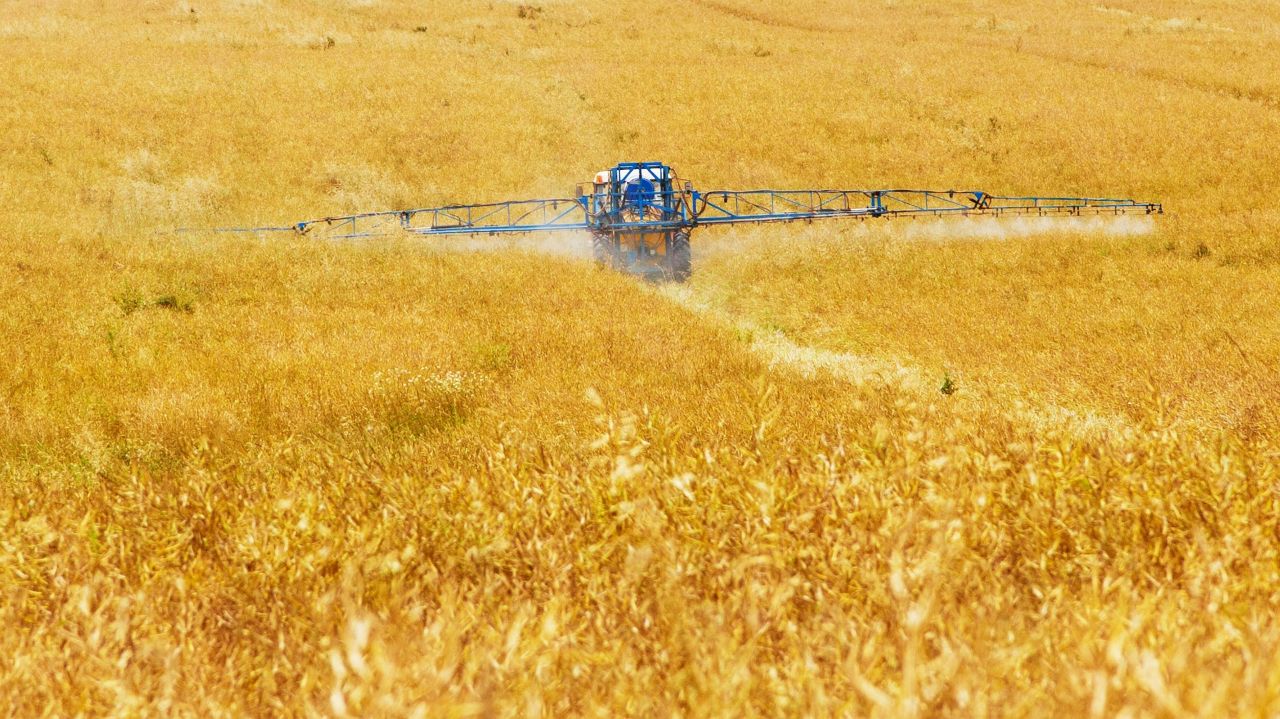
Therefore sensors that are able to alert the farmer of a specific type of pest or disease in its specific location are required to be placed in the farm. This information is key in identifying the specific areas where pesticides are to be sprayed and the correct quantity of the pesticide. Constant study and collection of real time information will also enable the farmer know more about the pests and diseases attacking the crops. This will help the farmer come up with alternative means of pest and disease control. The accessibility of real time invaluable reports from the farm trout the sensors makes trial of pest control methods a possible feat. These algorithms can also be used to predict the occurrence of the diseases affecting the crops. Hence the farmer can be able to take preventive measure early and prevent disease occurrence.
Satellite imagery and drone photography is also important in taking the images of crops or animals in a vast farm. These images are processed and then compared with standard images of healthy crops or animals at a specific age in terms of height, size and shape. The digital image processing shall then reveal any disease that may arise from noticing anomalies from the standard.
Constant flow of information on the diseases affecting crops and animals can form a database which with the use of AI and data analytics efficient breeding programs can be curated. This will help with effective genetic selection for animals leading to quality produce, improved health, eradication of some maladies and protection of the environment.
Conclusion
A fifth of the world’s greenhouse gas emissions come from agriculture through the use of pesticides, insecticides and fertilizers. However, optimizing the agricultural sector through smart farming not only saves costs and reduces impact of the emissions but also provides a way of removing carbon from the atmosphere. The soil can be able to remove 25% of the world’s fossil fuel by taking in and storing carbon in it. Smart farming allows for studying the soil via sensors to determine the amount of carbon it can store. This carbon is very useful to the ecosystem in the soil thus making it more productive. Therefore this symbiotic relationship achieved through Smart Farming adds to the efforts of saving our planet.Farmers can be able to acclimatize to Smart Farming through familiarizing themselves and heavily consulting with companies offering smart farming technology services such as L&T Technology Services, Cropin Services among many others.
It is only through the artillery that Smart Farming brings that the agricultural sector will be able to rise to the occasion in the coming years as the United Nation has predicted that the coming rise in population will need a 69% increase boost in food produce.
You should try a smart sprinkler to conserve was for small scale farming, turns on and off automatically based on the water content in the soil
7 August 2020
I created a small "smart" farm in my home, and I am already seeing good results, productivity has really improved
2 August 2020